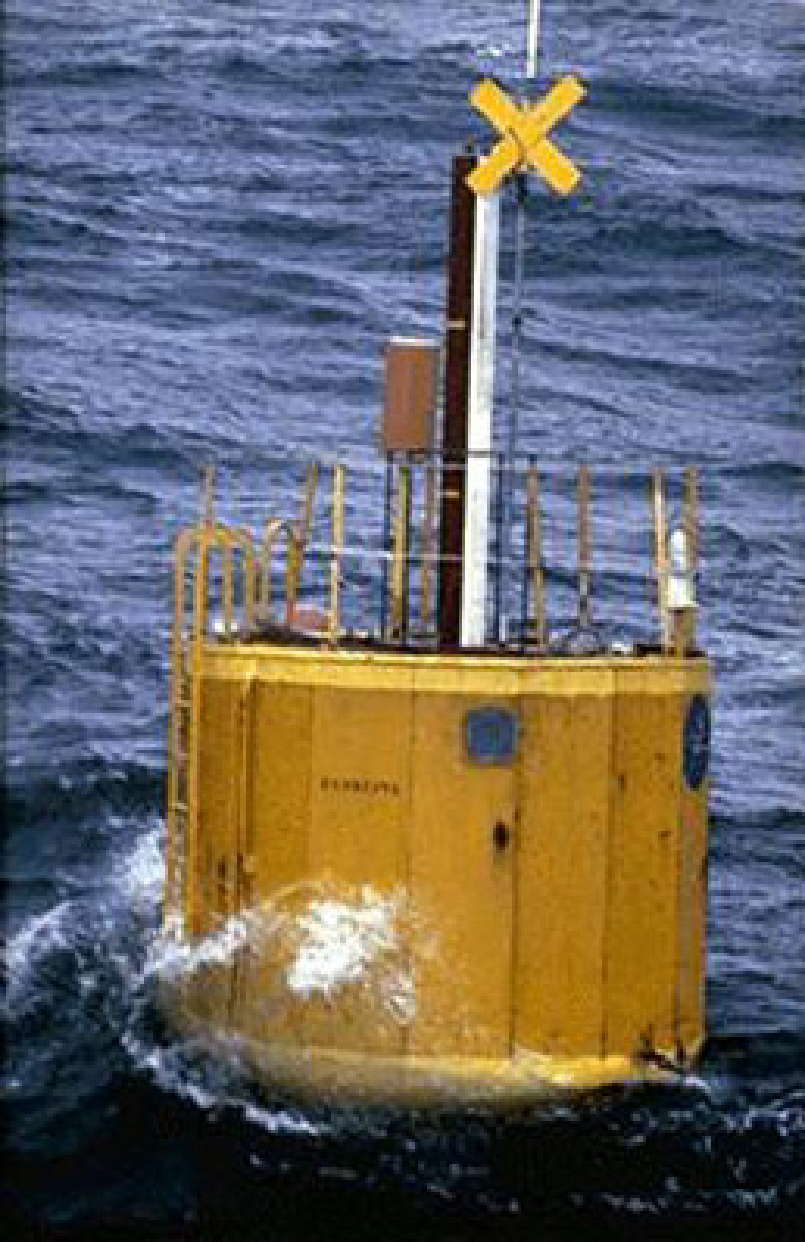Energy
It is quite hard to understand or to define exactly what energy is. However, it is scientifically agreed that energy is the power manifested in changing things from one form or state to another, or the ability to perform or do work. For instance, to walk from a lecture hall to the hostel or basically from one point to another, some energy must have been utilized. Energy makes people, animals and machines do things. Energy is what makes living things grow, energy is light, it is heated, it makes things move it makes machines run and above all, it can not be created or be destroyed. It is the inevitable power that exists in the universe. Therefore energy is everything and everything is energy.
Energy basically exists in two forms namely in potential and kinetic energy. These forms of energy are usually stored in different kinds of sources, which are categorized into renewable and non-renewable groups. These sources are then used to generate secondary sources of energy such as electricity and gas fuels among others. Renewable sources can not be depleted or are inexhaustible no matter many times they are extracted. Basically, this group of energy is endowed naturally. Wind, hydropower, as well as ocean energy from ocean waters, are some of the renewable sources which will form a basis for our research on ocean wave energy technology.
Ocean wave energy
Richard (2008) observed that throughout the earth, human beings were no longer interested in harnessing various forms of energy which are likely to bring hazardous effects on living things and the environment in general. Companies, industries as well as individuals are more interested in investing in cleaner energy sources, as gone are the days when coal and biofuels were the main sources of energy. These sources of energy result in massive pollution to the environment, hence the need for replacement with more sustainable and cleaner sources of energy such as wind and ocean wave energy. This need has therefore triggered the growth of the clean energy industry and the “green building movement” globally. Ocean wave energy stands out as one of the cleanest forms of energy from extraction.
Ocean wave energy is derived from surface waves on oceans captured directly. This kind of energy can also be derived from pressure fluctuations beneath the surface of an ocean. Wind blowing over oceans’ surfaces causes waves to form. In many oceans on the earth’s surface, the wind blows consistently with some force more than enough to cause the continuous formation of waves on the surface of oceans. The waves and the pressure drive turbines in a generator which in turn produces electricity. The wave height, wavelength, spee3d and water density determine the energy output from the ocean waves. With the continuous formation of waves, there exists tremendous potential energy in the oceans.
Devices to harness the wave power can therefore be used to harness this kind of energy from the surface motion resulting from the ocean waves directly. The devices can also be those capable of extracting the energy from fluctuations of ocean pressure beneath its surface. However, not all parts of the earth’s oceans have the capability of providing energy from wave power. Various conditions affect the effective harnessing of wave energy, hence varying wave power potential in different parts. Some areas in the world are richer in terms of wave power than others. For instance, the world’s richest parts with regard to wave power include the western coasts of Scotland in the Atlantic ocean, southern Africa, northern coasts of Canada and the united states of America and the Pacific coasts in Australia.
Ocean wave energy technologies
Various technologies have been utilized in the process of harnessing wave power to provide wave energy, with everyday modifications and invention of new technologies whose output measures to huge commercial scales in terms of domestic and industrial productivity of clean energy, ocean wave energy being in the forefront. Moreover, some more proficient designs and technologies are still undergoing massive demonstration testing by commercial organizations as well as different states (OCS Alternative Energy, n.d).
Wave technology designs are usually designed for installation either offshore, near offshore or far offshore. This research will be concerned primarily with far shore and offshore wave technologies. The offshore wave technology systems are usually situated deep in the ocean waters, typically 40 meters and over.
Even though wave majority of wave energy technologies are aimed to be situated at or near the ocean’s water surface, they differ in various aspects. The designs in which the technologies are oriented to the waves, and the manner in which they interact with the waves vary a lot. Hence the differing installation forms. The manner of conversion of the wave energy into other forms of energy also makes their installation site different. Discussed below are the recent wave technologies which have observed a substantial dynamism in terms of advancements and development. These are namely terminator devices, point absorbers, attenuators and overtopping devices (OCS Alternative Energy, n.d).
Terminator devices
These are kinds of devices that have a perpendicular extension in the direction of the travel of ocean waves. They capture the wave and reflect its power. These technological devices are usually located or installed onshore or near shore. In the recent past, technology has enabled floating versions of terminator devices, typically designed for applications offshore. An example of these wave energy technologies in the form of terminator devices is the Oscillating water column. It’s a device that allows water to enter through an opening (subsurface) into a compartment in which air is trapped above the chamber. The figure in appendix 4 demonstrates an oscillation water column.
The wave motion then causes a piston-like movement of the water trapped in the chamber, forcing air through a hole that is connected to the turbine. This air drives the turbine to produce electricity.
Point absorbers
These are floating structures that have movable components. The components are caused to move relative to each other as a result of the wave being fixed. The relative movement of the component is the one that drives electromechanical converters to produce electricity. A demonstration of a point absorber is illustrated in appendix 1.
The power buoy which Is a highly technological device cites a good example of a point absorber. The motion or actions. A good example is that of a floating buoy that is inside a cylinder which Aqua buoy WEC device which was developed by the Aqua Energy group in 2005 also serves as another example of a technological point absorber. The figure in appendix 5 demonstrates an Aqua buoy WEC device.
Attenuators
Attenuators are ocean wave energy technological devices characterized by long floating structures which are multi-segmented, and installed parallel to the direction of movement of ocean waves, as illustrated in the figure in Appendix 2. The varying heights of the ocean waves along the devices result in flexing at the points where the segments are connected. The flexing is then connected to converters, which are involved in driving turbines to generate electricity. Examples of the most technologically advanced attenuators are the Pelamis designed by Ocean Power Delivery Ltd (2006), and the McCabe wave pump, demonstrated in appendix 2.
The Pelamis was voted by the EPRI wave energy project as one of the best technologies in terms of design, cost, performance, design and economic assessment in western and northeastern coasts of the USA (Bedard et al. 2005). Figure three of appendix 2 demonstrates a Pelamis.
Overtopping devices
These are devices characterized by reservoirs that are usually filled with water by incoming ocean waves to heights above the surrounding ocean levels. The water is then released through the force of gravity, causing it to fall back on the ocean surface. Energy from the falling water is then used to turn or drive hydro turbines, to generate electricity. Special seagoing vessels can also utilize the technology in the production of electricity. An overtopping device is demonstrated in appendix 3.
Investing in clean energy technologies-ocean wave energy
Many countries, companies and associations have been on the run in investing in clean renewable ocean energy from ocean tides, waves and currents. For instance, the Ocean Renewable Energy Coalition (OREC), which was founded in the year 2005, has been embarking on promoting energy technologies to harness clean and renewable ocean resources. The mission of the coalition is to help governments, companies and other stakeholders in advancing and commercializing offshore renewable sources of energy such as offshore winds, waves on the ocean surfaces and ocean tidal and current technologies.
According to Sean O’Neill, who is the president and one of the founders of the trade association, the coalition is integrating its activities as well as working with potential industry leaders, interested Non-Governmental Organizations as well as academic scholars in activities geared towards ocean wave energy technologies. The activities include encouraging governments, industries, companies as well as individuals to invest in ocean renewable technologies particularly in the under-utilized ocean wave energy. The coalition is also involved in activities of creating and raising awareness of the vast energy potential in the oceans, and investing in the reliable, affordable and environmentally friendly source of energy for the future (Wave power, n.d).
In the year 2006, the OREC witnessed massive progress when it succeeded in lobbying for federal funding for projects aimed at offshore renewable sources of energy. The coalition also lobbied for tax incentives for such projects in order to stimulate investments both in the private and public investments in ocean wave energy technologies (Wave power, n.d).
In Europe, investment efforts and activities are making progress in many countries. For instance, the European Marine Energy Center (EMEC), a Scottish company in 2006 tested its wave and tidal technologies on the coast of Scotland. Aquamarine power another company based on ocean wave energy in conjunction with the EMEC installed a tidal power device, Neptune on the isle of the Eday test site (Wave power, n.d).
In 2007, the development of a subsea commercial wave firm registered another milestone in the advancement of ocean wave energy in Scotland (AWS Ocean Energy Ltd). The company received substantial financial support from the Scottish government. The funds were then to be used in the development and commercialization of the company’s Archimedes Wave Swing, which stands out as one of the world’s best-proven technologies globally for the generation of renewable clean electricity from the earth’s ocean waves.
The Scottish government in 2007 had also given out a huge financial support package for developers in the Scottish Marine energy, aiming at advancing the research and improvement on ocean wave energy technologies, as well as leading the world in the same.
According to Wave power (n.d). The Agucadoura Power generation plant was Portugal’s and the world’s first firm to use ocean wave technology to generate electricity. In the recent past, the firm has substantially increased its capacity, by increasing three more wave energy converters, raising its total production capacity to 2.25 MW, and being able to supply electricity to 1,500 homesteads from ocean wave energy.
Still in Portugal, Enersis a Portuguese energy company started investing in a commercial project in the production of energy from ocean waves in 2006. The project was to utilize the Pelamis wave generator technology in harnessing wave energy from the ocean. This generator technology was manufactured by the Ocean Power Delivery company, which aspires to be the world’s leading company in the ocean energy industry. The Lisbon Technical Institute was to implement the project, which supplies 2.25MW in the national electrical grid (Wave power, n.d).
Environmental considerations of ocean wave technologies
The process of converting wave energy into other forms of usable energy usually leads to various impacts on the environment. Moreover, the advancements and development of various ocean wave technologies in harnessing ocean wave energy bring forth several environmental issues. Positive as well as negative effects in the marine ecosystems and the environment generally are eminent from the processes of extracting wave energy. Though wave energy is a clean source of energy, the apparatus or equipment used may have some detrimental effects on marine life (OCS Alternative Energy, n.d).
According to the OCS Alternative Energy (n.d), the platforms used above the ocean surfaces or the submerged surfaces can create disturbances or changes on the ocean floor, a factor that can lead to the disruption of marine habitats. Leakages, as well as accidental liquid spills from the systems, can lead to exposure of marine life to hazardous toxins. Fluid leakages from hydraulic systems are examples of such toxins. Noise generated can result in noise pollution above as well as below the ocean water surface (Minerals Management Service, 2006).
Conflicts stand out as another negative effect that can result from the development of ocean wave energy extraction. The conflict may be between the developers of wave energy projects and other users of the ocean waters such as recreational boating, commercial shipping and fishing among other users (OCS Alternative Energy, n.d).
Economic considerations of ocean wave energy technologies
Researches indicate that the production process of electricity or other forms of energy through wave energy technologies is quite expensive as compared to other methods of generating power. However, the varying costs involved depend on several factors. Such factors may be physical, such as the water depth, wave energy power, ocean characteristics and the technological complexity of the system’s design. The physical factors influence the cost-benefit analysis of a wave energy project.
Economic factors also influence the economical viability of such projects. Factors such as government support in terms of tax incentives to such projects can influence positively the advancement and development of wave energy technologies. Maturing technologies in most cases imply that the cost of installation and running projects aimed at harnessing wave energy is usually on the decline with everyday advancements.
For effective development of wave energy, evaluation of the region’s potentiality is paramount. With proper research on the economic viability in different regions, a government or private company will be in a stand, before embarking on a wave energy technology, to ascertain whether its profitability. As Bedard et al (2005), observed in the USA wave energy development after conducting research and evaluating the above factors before developing new technologies in harnessing wave energy (Minerals Management Service, 2006).
Though the facilities required for large-scale commercial production of power from wave energy are cost-intensive, the costs are highly uncertain. Therefore before embarking on technology, it is advisable to evaluate its cost-effectiveness, through estimates of costs involved in capital investments and cost competitiveness of the technology.
Conclusion
Wave energy account for the most cleanly, renewable sources of energy globally, whose considerable potential is quite huge to make a significant contribution to the supply of alternative usable energy. In the recent past, technological designs for extracting have been developed and utilized in harnessing this great energy resource, which in most cases lies idle. With everyday advancements in these technologies, several environmental issues are on the rise on the impact the technologies pose to the environment. With new emerging technologies, economic factors should be evaluated carefully and appropriately, to ascertain the profitability of such technologies if they are adopted.
References
Aqua Energy Group, Ltd. (2006). Aqua Buoy Wave Energy Converter. Web.
Bedard, R., et al. (2005).Final Summary Report, Project Definition Study, Offshore Wave Power. Feasibility Demonstration Project, EPRI Global WP 009 – US. 2005.
Minerals Management Service (2006). Technology White Paper on Wave Energy Potential on the U.S. Outer Continental Shelf. Web.
Ocean Power Delivery Ltd (2006). World’s First Wave Farm Shipping of First Machine to Portugal. Press Release. Web.
Ocean Power Technologies (2006). Making Waves in Power.
OCS Alternative Energy and Alternative Use Pragmatic EIS: Ocean Wave energy (n.d). Web.
Richard, Asplund. (2008). Profiting from Clean Energy. London: John Wiley & Sons Ltd.
Wave Power (n.d). News and Information about Wave Energy and Ocean Power Technologies: Alternative Energy.
Appendices
Appendix 1
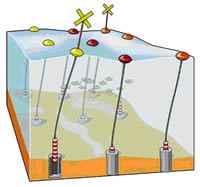
Appendix 2
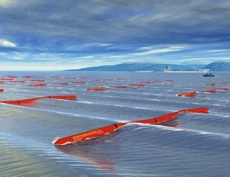
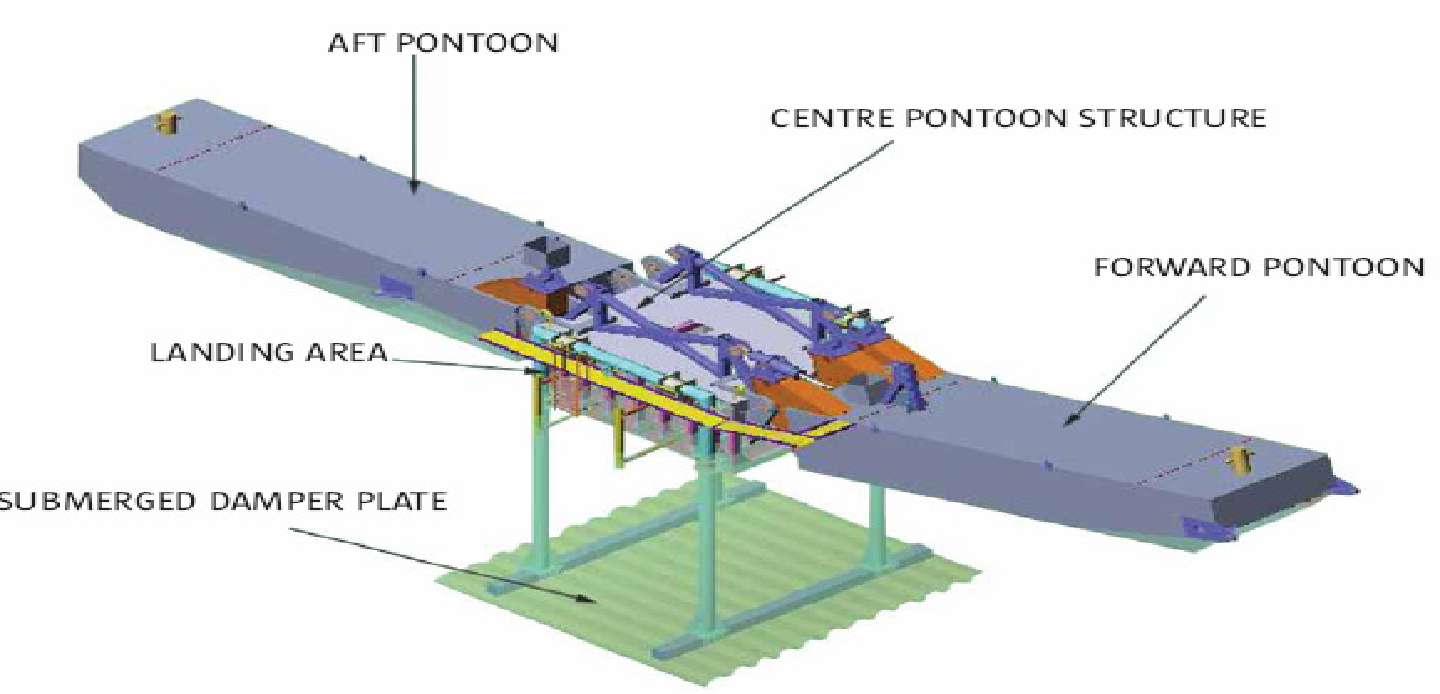
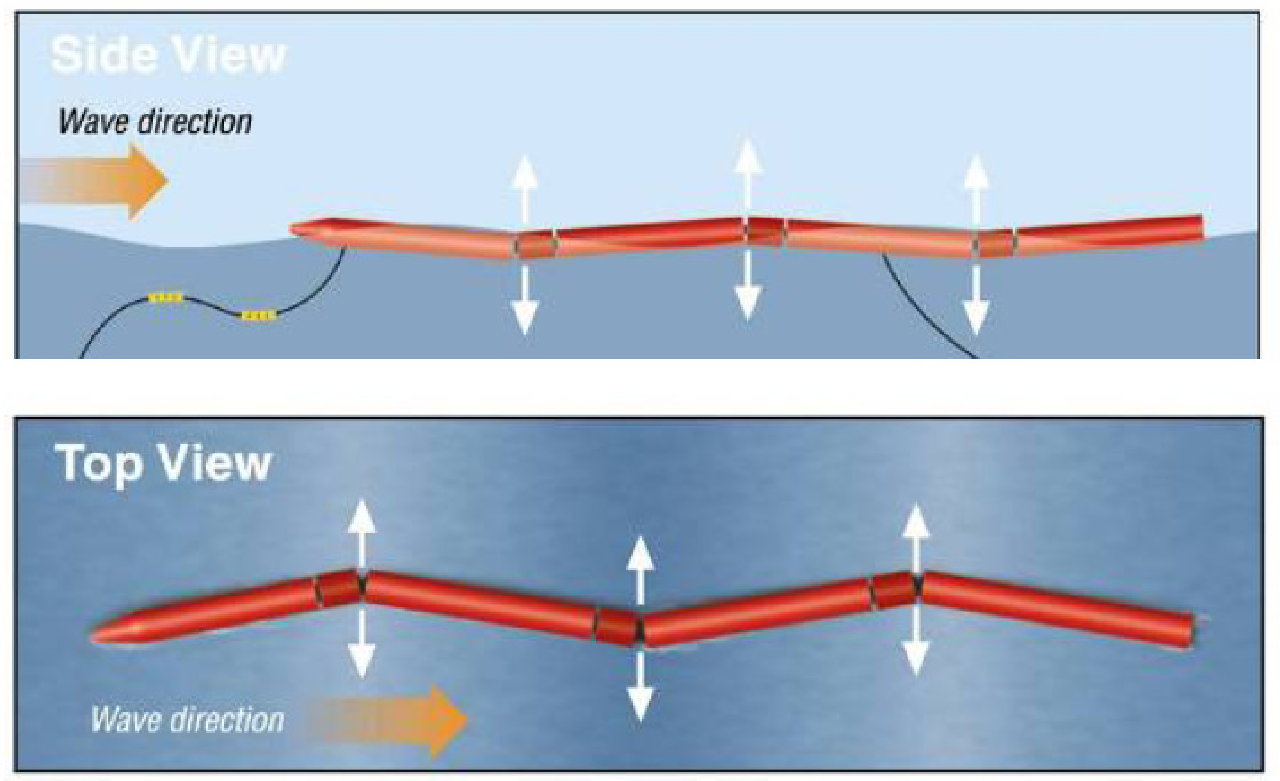
Appendix 3

Appendix 4

Appendix 5
